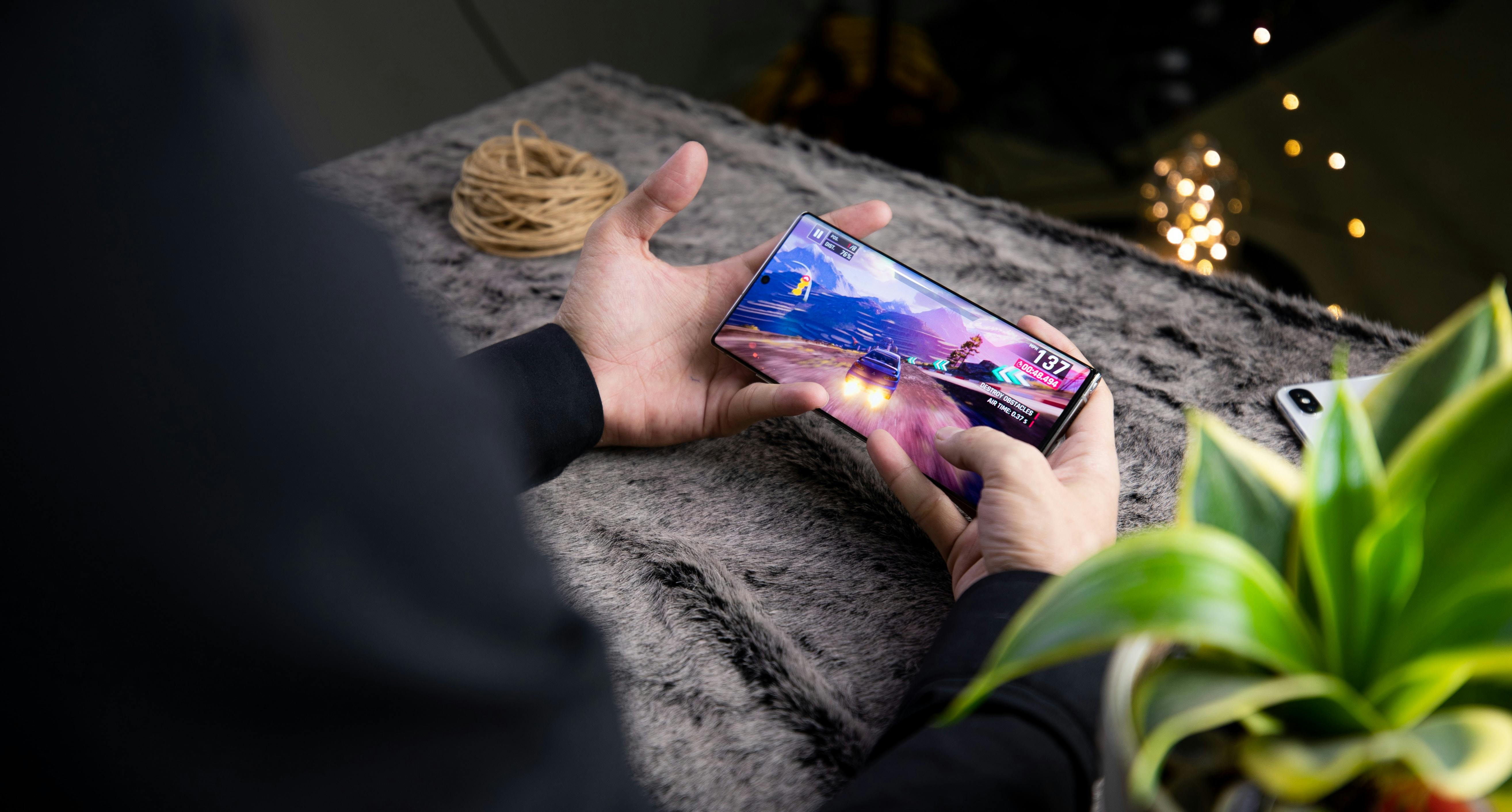
An overview of the printed circuit board (PCB) manufacturing process
In 1936, Paul Eisle created the first printed circuit board (PCB). But it wasn’t until the 1950s, when the US defense industry began integrating PCBs into its bomb-priming systems, that printed circuit boards found wide application. PCBs are now used in almost all manufactured products, such as automobiles, cell phones, personal computers, among others.
An overview of PCB manufacturing processes
PCBs are initially fabricated using two types of software. Computer Aided Design (CAD) software is used to design the electronic schematic of the circuit to be produced. After designing the schematic, engineers use computer-aided manufacturing (CAM) software to produce the PCB prototype.
Once the PCB prototype is designed, the first step in the manufacturing process is to select the PCB material. There are many different types of PCB materials available, but the most popular, depending on the application and customer requirements, include: Alumina, Arlon, Bakelite, CEM1, CEM5, Ceramic, FR1, FR4, High Temp FR4, GeTek, Nelco , Polyimide, and Rogers The design requirement dictates the dimensions of the PCB (ie, length, width, and thickness).
Once the material is selected, the first process is to apply a copper coating to the entire board. The circuit layout will be printed on the board using a photosensitive process. Then an etching process will be used so that any copper that is not part of the circuit design is either etched or removed from the board. The resulting copper creates the traces or tracks of the PCB circuit. To connect the circuit traces, two processes are used. A mechanical milling process will use CNC machines to remove unnecessary copper from the board. An etch-resistant screen printing process is then applied to cover the regions where traces should exist.
At this point in the PCB manufacturing process, the PCB board contains trace amounts of copper without any circuit components. To mount the components, holes must be drilled at the points where the electrical and electronic parts are placed on the board. The holes are drilled using a laser or a special type of drill bit made of tungsten carbide. Once the holes are drilled, hollow rivets are inserted into them or coated using an electroplating process, which creates the electrical connection between the layers of the board. A masking material is then applied to coat the entire PCB with the exception of the pads and holes. There are many types of masking material such as lead solder, lead free solder, OSP (Entek), hard/deep gold (electroless gold nickel), immersion gold (electroless gold nickel – ENIG), wire bondable gold (99 99% pure gold), immersion silver, flash gold, immersion tin (white tin), carbon ink, and SN 100CL, an alloy of tin, copper, and nickel. The final step in the PCB manufacturing process is to silkscreen the board so that the labels and legend appear in their correct places.
PCB board quality test
Before electrical and electronic components are placed on the PCB, the board must be tested to verify its functionality. In general, there are two types of faults that can cause a bad PCB: a short or an open. A “short” is a connection between two or more points in the circuit that should not exist. An “open” is a point where a connection should exist but does not. These faults must be corrected before assembling the PCB. Unfortunately, some PCB manufacturers do not test their boards before they are shipped, which can lead to problems at customer sites. Therefore, quality testing is a critical process of the PCB manufacturing process. Testing ensures printed circuit boards are in proper operating condition before components are placed.